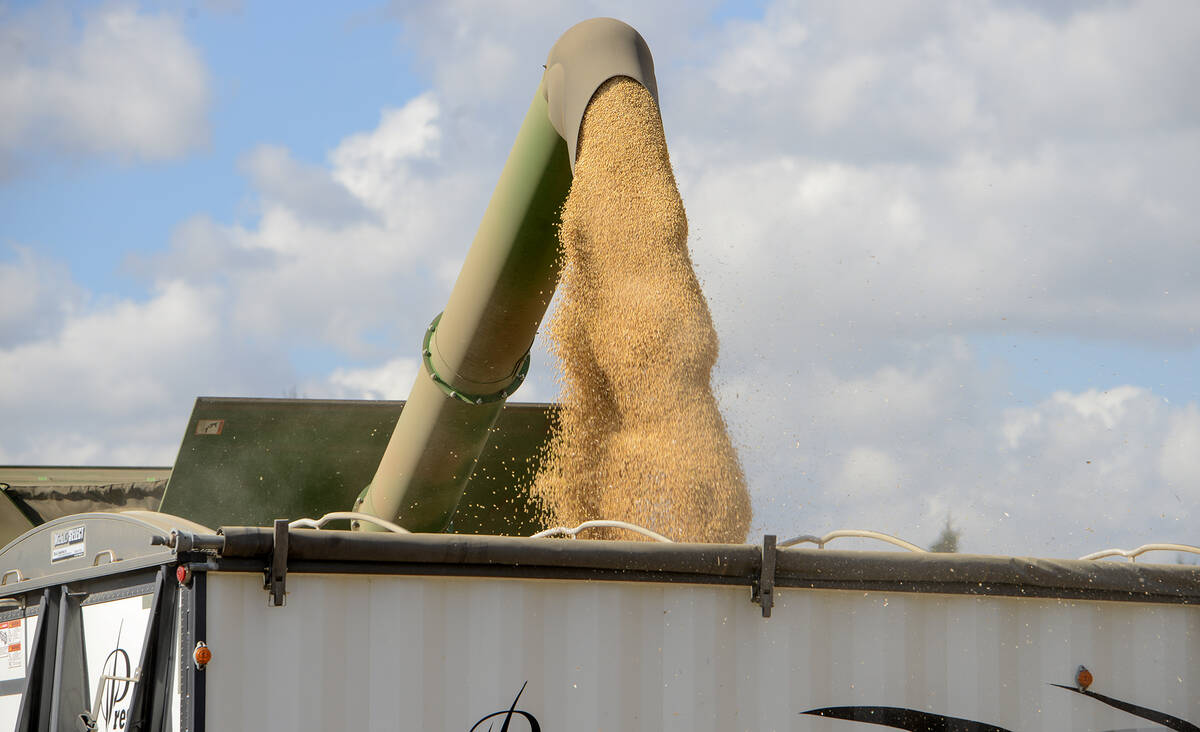A building at the end of my street has been under renovation for several months, with a new local coffee shop ‘coming soon,’ according to the signage. The building was formerly a vape store and before that an insurance brokerage, so there is plenty of work to be done to transform it into a café.
North America grains and oilseeds find themselves in a similar situation, with new-crop production ‘coming soon.’ As everyone who’s done renovations knows, ‘soon’ is a relative term because issues come up to cause delays, permits must be pulled and a weekend project can easily drag on, requiring many extra trips to the hardware store.
Crop progress
Read Also

Grain markets hungry for U.S. data
The U.S. government shutdown meant that futures markets were left without robust grain supply information
Seeding operations across Western Canada were mostly wrapped up in early June, with less than five per cent of intended acres left to go in the ground at the start of the month, according to provincial reports.
Herbicide and insecticide applications will occur as needed through the growing season, but for the most part it’s a waiting game until harvest. The state of those crops will be a key driver in the markets over the next few months, with weather at the top of most traders’ minds.
The U.S. Department of Agriculture releases its weekly crop progress report on Monday afternoons, and adjustments to the good-to-excellent ratings usually influence prices on Tuesday. In Canada, each provincial agriculture department puts out reports through the week, with Manitoba on Tuesday, Saskatchewan on Thursday and Alberta on Friday.
Acreage
Crops may be in the ground, but official seeding numbers are still somewhat up in the air. Statistics Canada releases its first survey-based planted area numbers on June 28, and the U.S. data comes out June 30.
For the U.S., there is always land that could go either way between soybeans or corn. This year marks the first time in Canada where the earlier intentions in the spring weren’t based on survey data, which could lead to some bigger adjustments than normal. Positioning ahead of those reports — and the inevitable reaction after — will be important market factors to watch in the weeks ahead.
Technicals
The fundamentals of seeded area and North American weather will provide the foundation for grain markets through the summer, but the technicals are equally important — much like the tables, chairs, cups and décor that add to the ambience of a coffee shop.
Looking at the November canola futures chart, we see it hit a contract low of $611.20 per tonne on May 31 but trended higher for most of the following trading sessions, finally moving back above its 20-day moving average around $660 per tonne on June 9.
Speculative short-covering contributed to that rise, and fund traders are still holding sizeable bearish bets that will likely influence whether the corrective bounce continues or the market retests its lows.
















